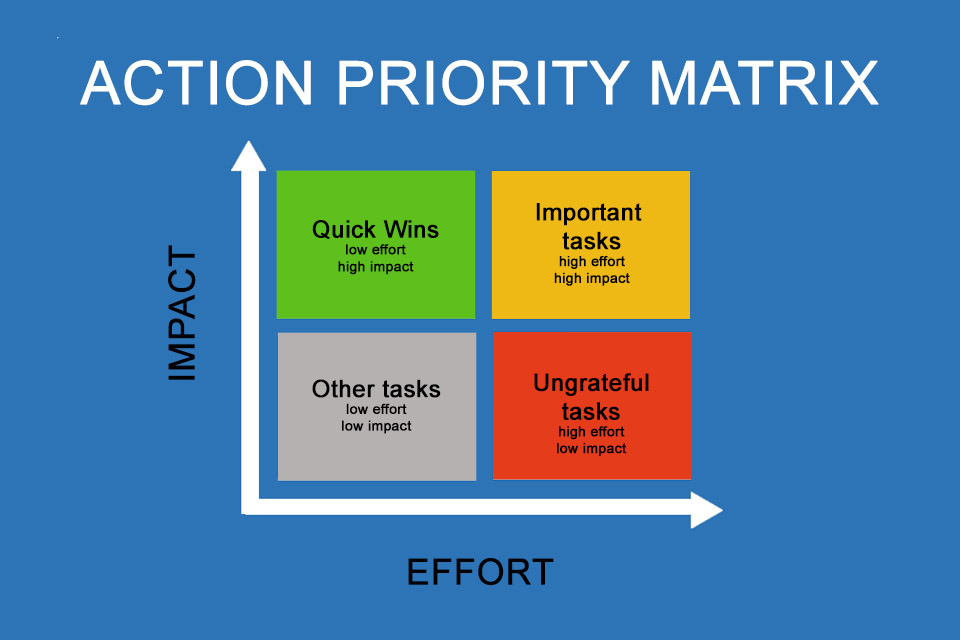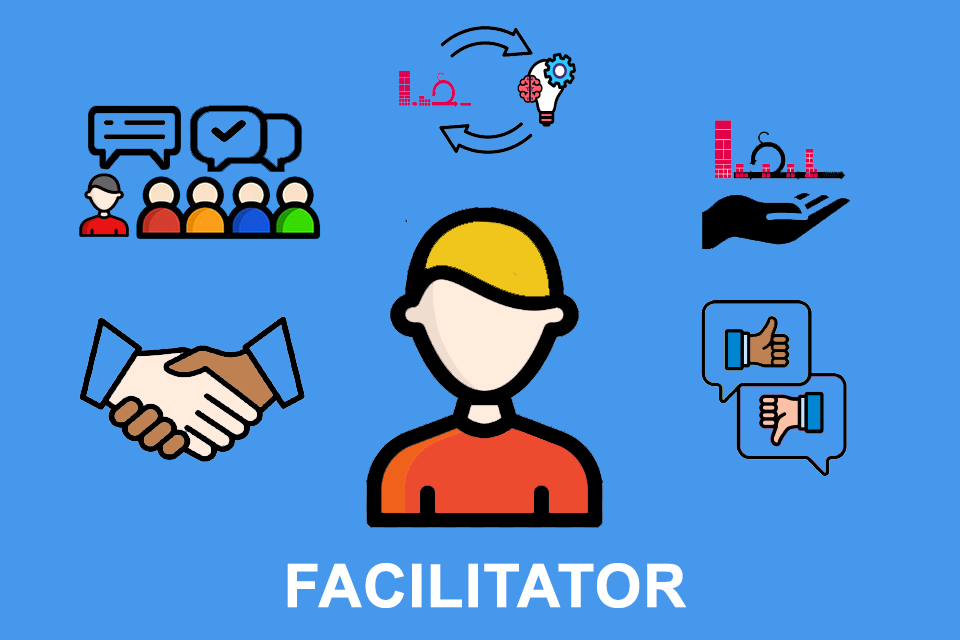What is the BLUF Method?
BLUF method – the most important thing at the beginning
In a world full of information, it is often difficult to quickly grasp the most important content. In meetings, e-mails or reports, many messages get lost in long explanations before the actual message becomes clear. This can lead to delays in decision-making processes, misunderstandings and unnecessary effort.
This is where the BLUF method comes in: Bottom Line Up Front means that the most important statement – the conclusion or the central recommendation for action – is given right at the beginning of a communication. Only then do the details and justifications follow. This ensures that the recipients know immediately what it is about and can react more quickly.
Areas of application for the BLUF method
The BLUF method has its origins in the military, where clear and fast communication is essential. [1] In briefing or command situations, there is often little time for long explanations – the crucial information must be immediately graspable. That is why in military reports and orders, the most important thing is always stated first: What needs to be done? Why? What are the consequences?
This approach has also proven itself in many other areas where concise communication and quick decision-making are required:
- In business communication, for example, BLUF helps customers and partners, managers or employees to immediately grasp the essentials in e-mails, reports or presentations.
- In benefit communication – i.e. in marketing or advertising – advantages are stated briefly and concisely before additional information is provided to support the argument.
- In journalism and public relations, news articles and press releases often rely on BLUF to put the most important information right at the beginning.
- In academic writing, scientific articles benefit from short abstracts that get to the point right at the beginning, making it easier to reference and sparking curiosity about more in-depth information.
And what might an example of the BLUF method look like?
Without BLUF: ‘Our quarterly report shows that sales increased by 10%, driven by successful marketing initiatives and increased customer demand. Particularly high conversion rates were achieved through targeted social media ads. Therefore, we propose increasing the digital advertising budget by 20% in the next quarter.’
With BLUF: ‘We recommend increasing the social media advertising budget by 20% next quarter. The quarterly report shows a 10% increase in sales, particularly due to successful social media ads with high conversion rates.’ [2]
Advantages of the BLUF method
The BLUF method offers much more than just time savings through concise communication. Its greatest added value lies in the fact that it influences cognitive processes and decision-making in a way that is often underestimated.
One key advantage is the reduction of decision fatigue. Managers and professionals make countless decisions every day – the more complex a communication, the more mental resources are consumed. By putting the central message right at the beginning, BLUF reduces cognitive load by eliminating the brain’s need to search for the relevant information. This increases efficiency and minimises the risk of poor decisions caused by fatigue or overload.
Another often-overlooked advantage is the better memory and processing of information. Studies in cognitive psychology show that people remember information at the beginning and end of a message (primacy and recency effect) better. [3] Since BLUF puts the most important thing at the beginning, the probability that the central message will be remembered increases – especially in hectic or information-flooded work environments.
BLUF also has a clear advantage in terms of persuasiveness and assertiveness. Psychological research shows that people are more likely to agree with a statement when it is presented in a clear, unambiguous way. Starting with a clear recommendation or conclusion creates a starting point that underpins subsequent arguments, rather than having to wait for agreement.
Finally, BLUF also improves communication in international or interdisciplinary teams. In globally networked work environments, language comprehension and the way information is processed varies greatly. Especially in teams with non-native speakers or professionals from different disciplines, BLUF can avoid misunderstandings by ensuring that the core message is conveyed without unnecessary detours.
These advantages show that BLUF is much more than a simple technique for shortening texts. It has a profound impact on thought processes, ways of working and interpersonal communication – making communication not only faster but also more effective.
Impulse to discuss
How often do we read or hear long messages without immediately understanding what they are getting at – and how could we change that with BLUF?
Notes:
[1] BLUF: The Military Standard That Can Make Your Writing More Powerful
[2] The idea is to identify the core message and place it at the beginning of the statement. It should then be supported by relevant details, data or contextual information. As a general rule, keep the core statement as short as possible without losing the core of the message.
[3] Simple Psychology: Serial Position Effect (Glanzer & Cunitz, 1966)
We use this method on all pages in our Smartpedia section. Right below the title, you will find a short and concise definition of the term we are describing.
If you like the article or would like to discuss it, please feel free to share it in your network. And if you have any comments, please do not hesitate to send us a message.
Here you can find additional information from our Smartpedia section:



